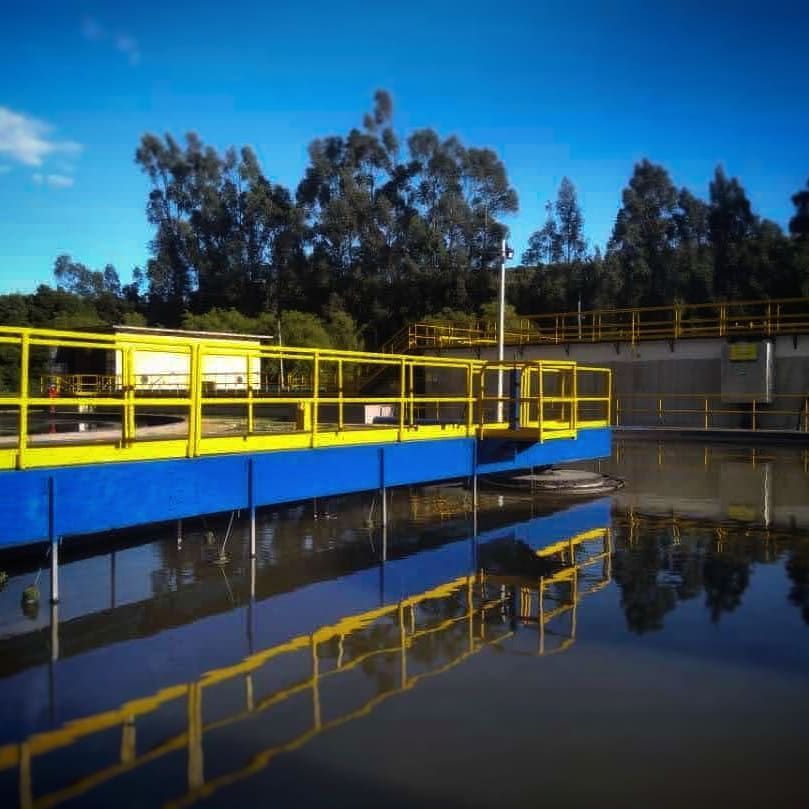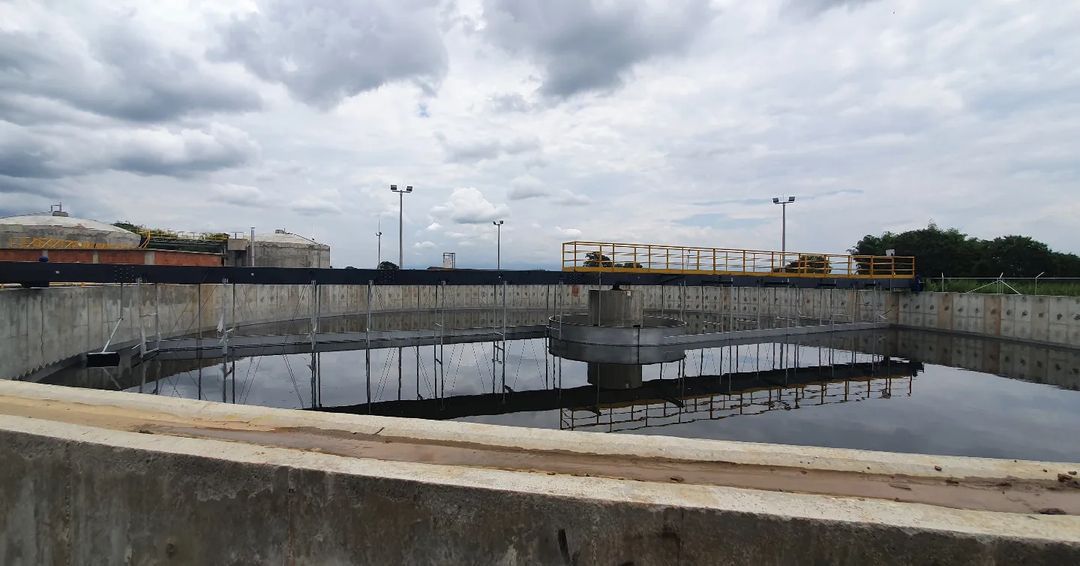sedimentation
The secondary settler separates the activated sludge from the treated wastewater before it is discharged into the environment.
In the settler tank, the wastewater is held still for a period of time sufficient to allow the sludge to settle to the bottom of the tank. Activated sludge is denser than water and therefore sinks to the bottom of the tank, where it can be collected and removed. Once the majority of the activated sludge has been separated from the wastewater, the treated water is discharged from the secondary settler and directed to the next stage of the wastewater treatment process, which is generally the disinfection stage.
In summary, secondary settlers are essential in wastewater treatment to separate biological solids from treated wastewater and ensure that the discharged water meets the quality requirements established by environmental regulations. Without them, activated sludge would be discharged into the environment, which could be harmful to public health and the environment.

Perimeter traction radial circular sludge sweeper
The purpose of the sludge sweepers is to concentrate the sludge in the lower cone of the tank and from there it is sucked to be treated later. In addition, in the upper area, the fats, also called creams, are removed by means of the hopper. On the side of the tank are the weirs through which the clarified water comes out.

Perimeter traction diametral circular sludge sweeper
The purpose of the sludge sweepers is to concentrate the sludge in the lower cone of the tank and from there it is sucked to be treated later. In addition, in the upper area, the fats, also called creams, are removed by means of the hopper. On the side of the tank are the weirs through which the clarified water comes out. Unlike the radial sweeper, the diametric sweeper has 2 arms and sweeps twice as much sludge in the same revolution.

Center Drive Diametral Circular Sludge Sweeper
The purpose of the sludge sweepers is to concentrate the sludge in the lower cone of the tank and from there it is sucked to be treated later. In addition, in the upper area, the fats, also called creams, are removed by means of the hopper. On the side of the tank are the weirs through which the clarified water comes out. Unlike perimeter traction sweepers, the traction is central and is made up of a large sprocket system that moves a completely submerged structure.

Equom Business Group
Equipment for drinking and waste water treatment
Address: Carrera 124A #18A-81 Bodega Fontibón, Bogotá
Telephones: ( 57) 601 467 2228
Cell phone: ( 57) 3203042721
Email: comercial@gequom.com



